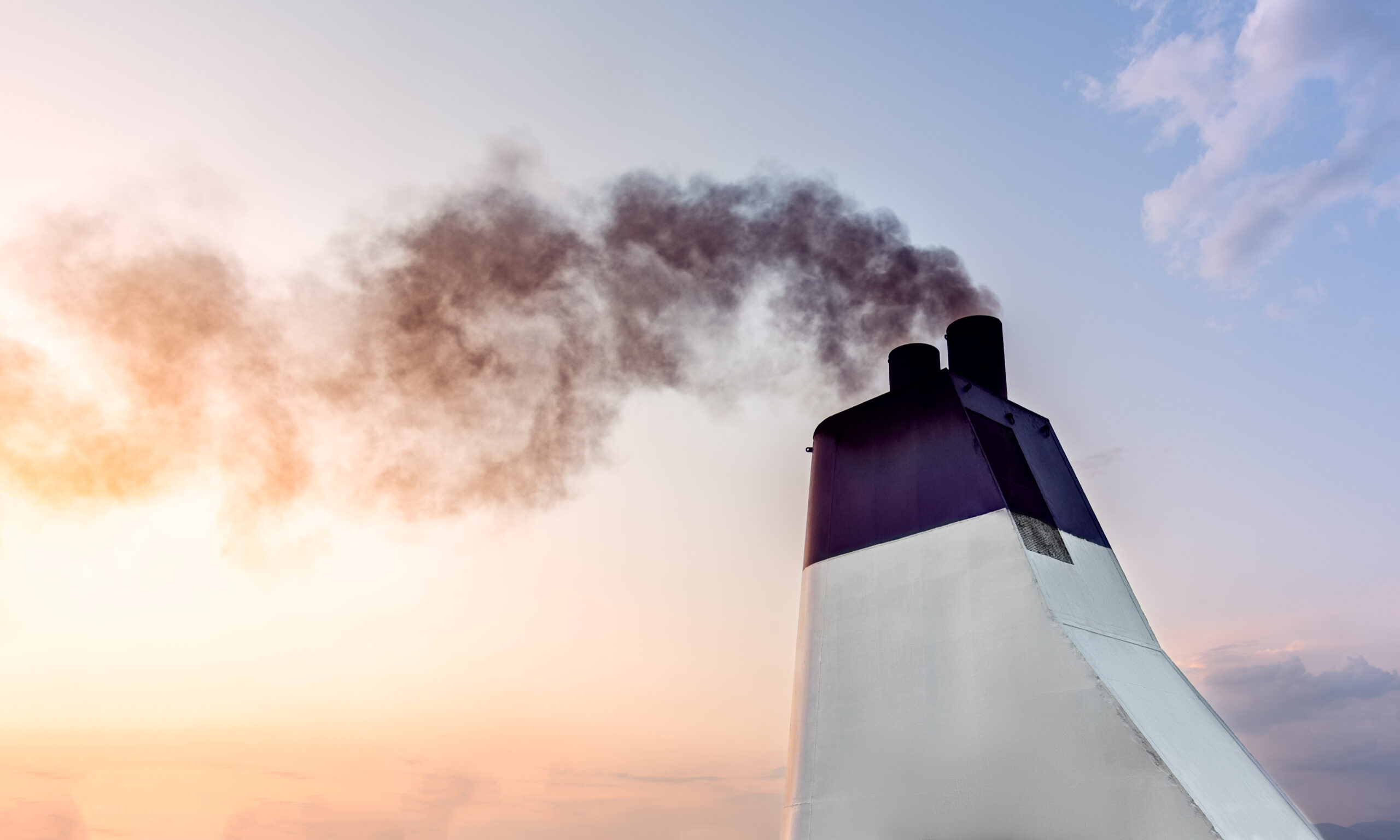Plans for three new ECAs announced during MEPC 80
The IMO will soon receive formal applications for three new Emission Control Areas (ECAs) which could, if all goes to plan, take effect in 2027. They would encompass the Canadian Arctic, the North-East Atlantic Ocean and the remaining Norwegian coast not already covered by existing ECAs.
Papers submitted to the 80th session of the Marine Environment Protection Committee (MEPC 80) outlined plans by Canada to submit a formal ECA proposal to MEPC 81, and on work underway on a North-East Atlantic Ocean ECA proposal which may also be ready for MEPC 81. In addition, Norway announced its intentions to submit an ECA proposal to MEPC 81.
If these proposals are approved at MEPC 81, scheduled for April 2024, Canada said “adoption could occur by spring 2025”.
There is a 16-month period between MARPOL amendments being adopted and entry into force. For ECAs, there is a further year between entry into force and actually taking effect, meaning the ECA requirements could apply from early in 2027. Ships operating in ECAs are required to use fuels with no more than 0.10% sulphur or achieve equivalent emission reductions using approved technology.
All delegations who spoke at MEPC 80 welcomed and expressed support for these initiatives, and some urged other countries to follow suit.
Most of European waters to be covered by ECAs
According to information submitted to MEPC 80, a potential future ECA in the North-East Atlantic Ocean would link the existing ECAs in the Baltic Sea, North Sea and English Channel with the upcoming Mediterranean Sea ECA.
“Importantly, in view of upcoming designation of additional ECAs in the area by Norway, it would also ensure consistent and uniform regulation across sea areas with high density traffic with a geographical scope covering parts of the North-East Atlantic Ocean,” it said.
The Mediterranean ECA, adopted at MEPC 79 in December 2022, will take effect on 1 May, 2025.
The new ECA proposals need to be accompanied by analytical work to assess costs and benefit, in line with requirements and criteria set out in Appendix III of MARPOL Annex VI.
Depending on the outcome of this work, a joint coordinated proposal for the designation of an ECA in the North-East Atlantic Ocean could be submitted by the littoral States to MEPC 81.
While the incoming Mediterranean ECA covers only SOx, Norway indicated that it intended to expand the existing ECA for both NOx and SOx currently established in the North Sea to cover the remaining Norwegian coast. The new North-East Atlantic ECA may also include the NOx element, meaning ships constructed on or after the date of adoption (or a later specified date) would also have to comply with NOx Tier III limits as specified in MARPOL Annex VI.
Canadian Arctic ECA
The intended Canadian Arctic ECA designation includes Canada’s Arctic waters and Arctic waters under Canada’s jurisdiction. The proposed Canadian Arctic ECA boundary begins near the Mackenzie River Delta in the Yukon and stretches to the northern tip of Newfoundland and Labrador. The eastern boundary meets the boundary of the existing North American ECA.
The proposal under development would cover both SOx and NOx and aim to reduce air pollution, including Black Carbon (BC) which is a particulate matter that has received particular attention in the Artic region due to its role in accelerating ice and snow melt.
Canda’s paper to MEPC 80 said the number of ships moving through Canada’s Arctic has increased significantly over time, and that the fuel consumed by all international and domestic ships transiting the Arctic increased by 116% between 2010 and 2019. Growth in Arctic shipping activity is expected to continue, exacerbated by longer summers with ice-free shipping routes.
The paper noted the HFO ban for Arctic waters, which will prohibit usage and carriage for usage of HFO from July 2024, though exemptions will allow some ships to use HFO until 2029.
“Canada views the proposed Canadian Arctic ECA as an essential measure to protect air quality despite the upcoming HFO ban,” it said, adding: “Fuels that are permitted for use under the HFO ban may not reduce air pollution to the same extent as Canadian Arctic ECA-compliant fuels.”
